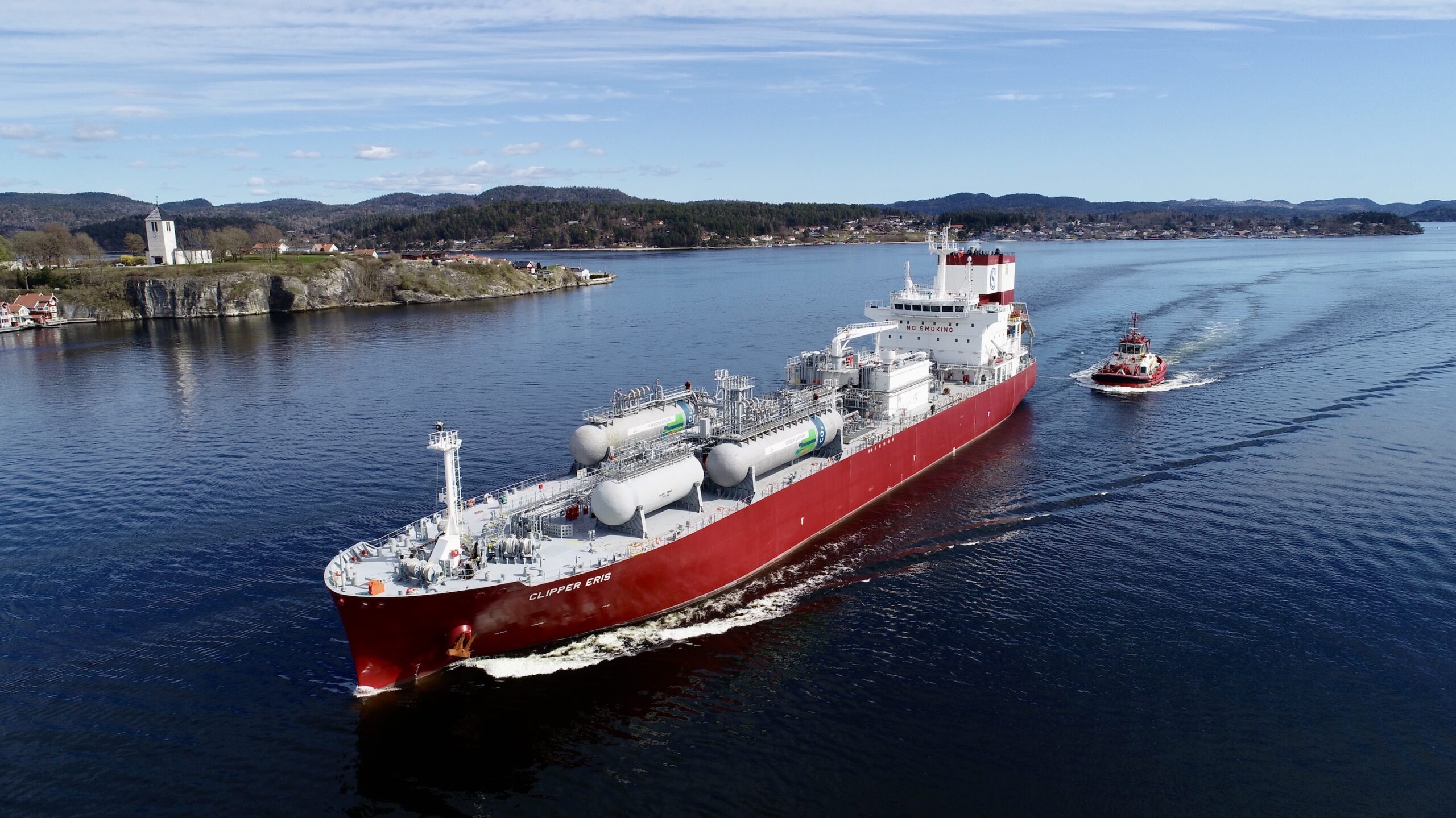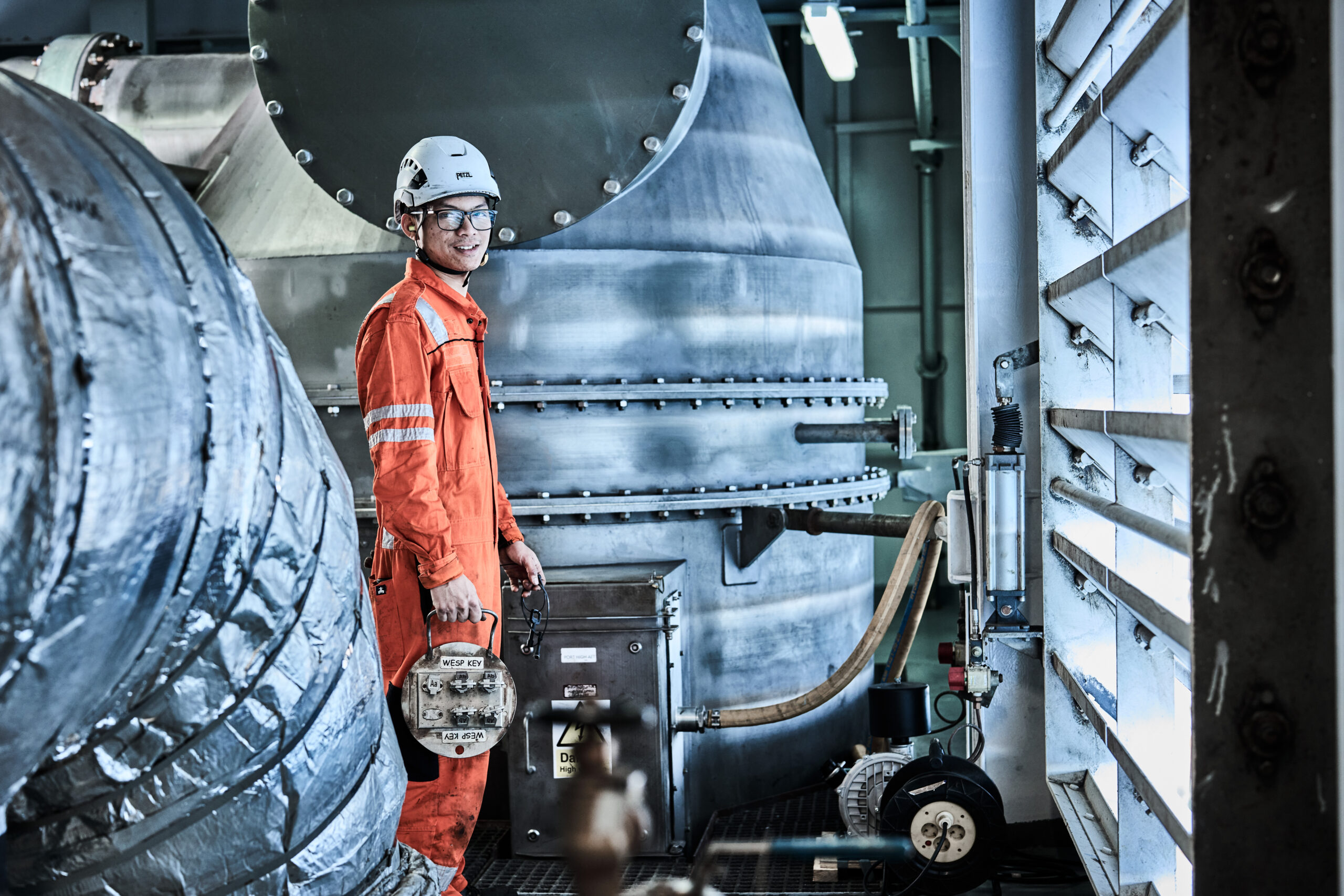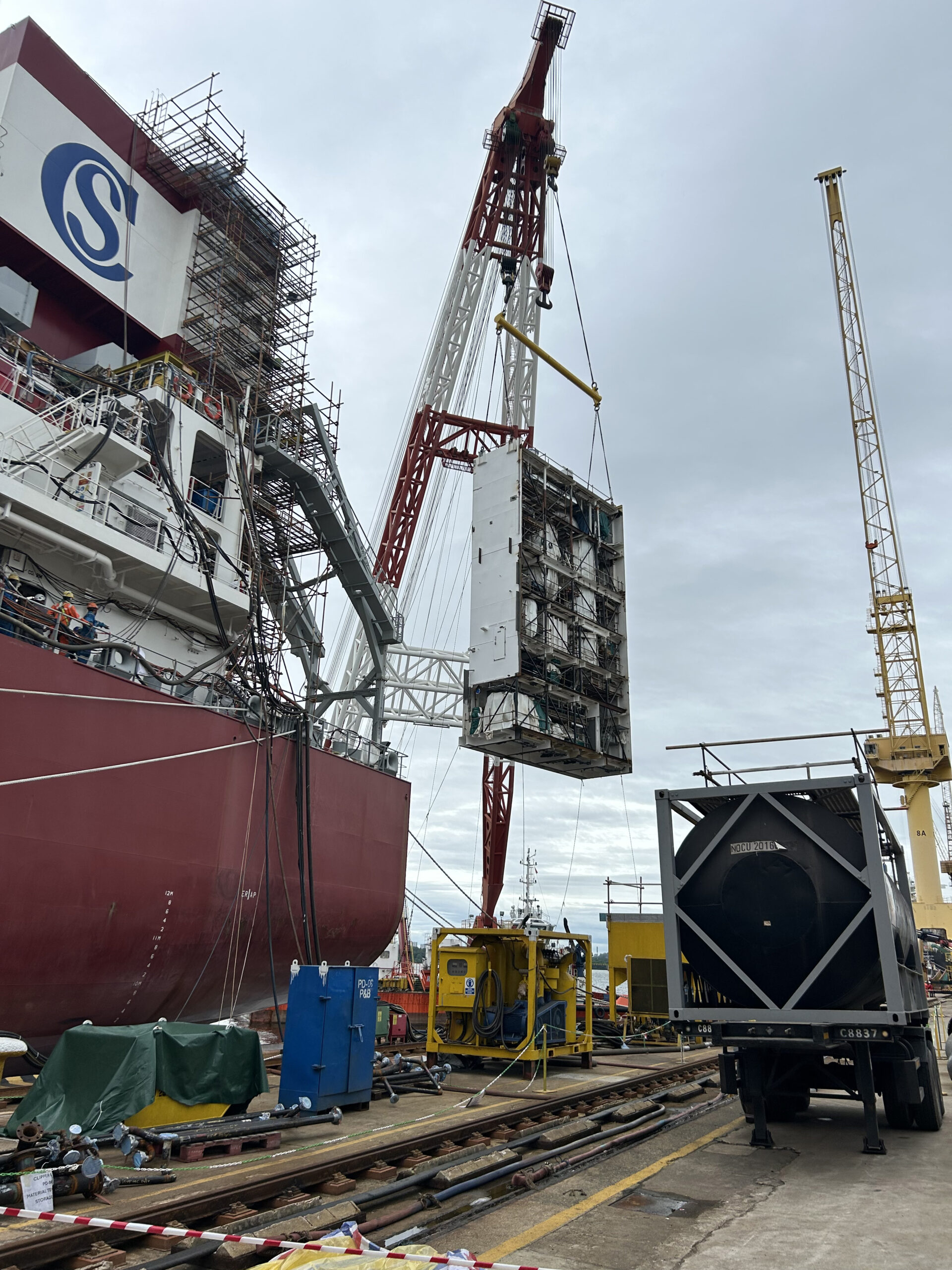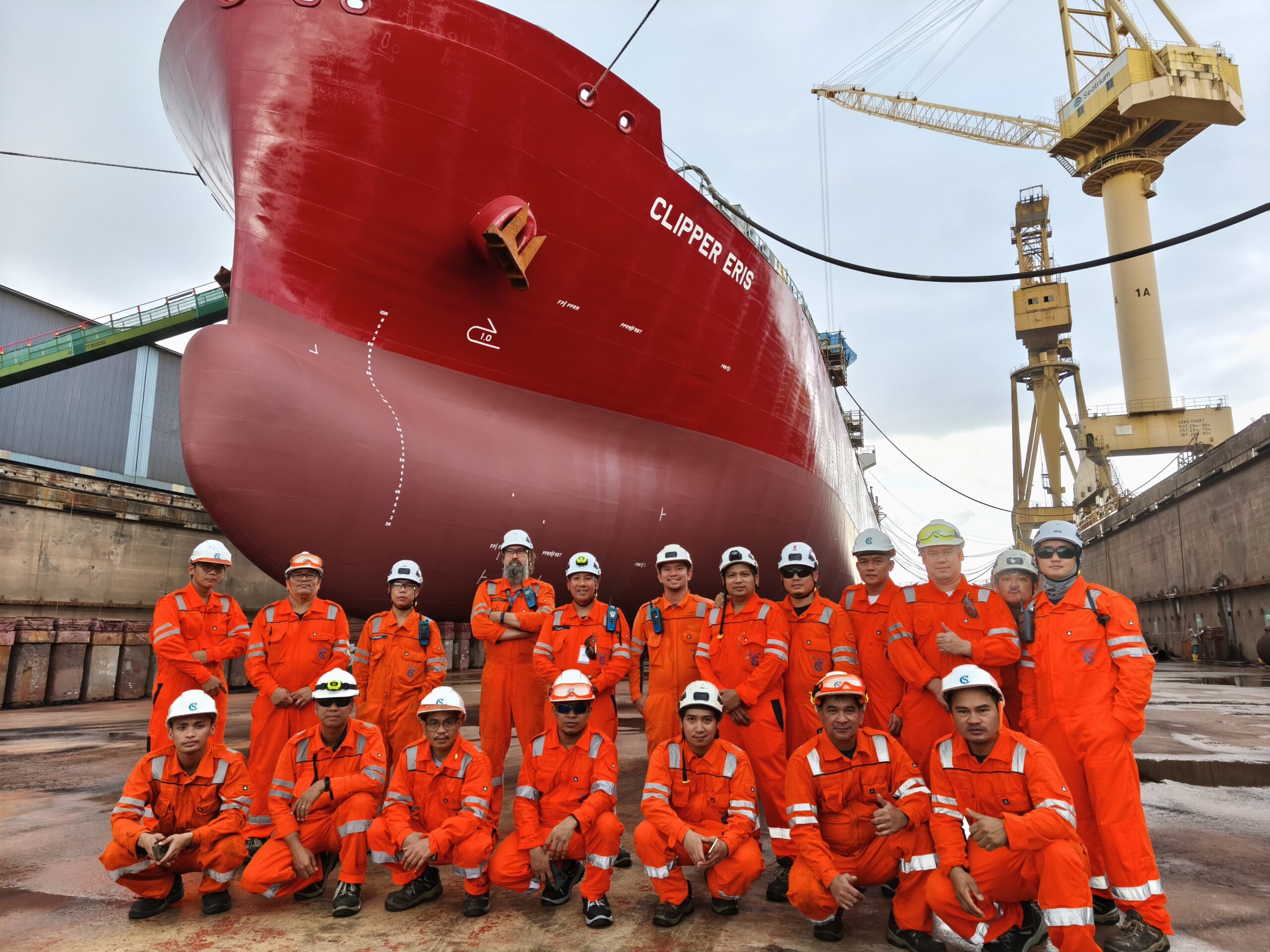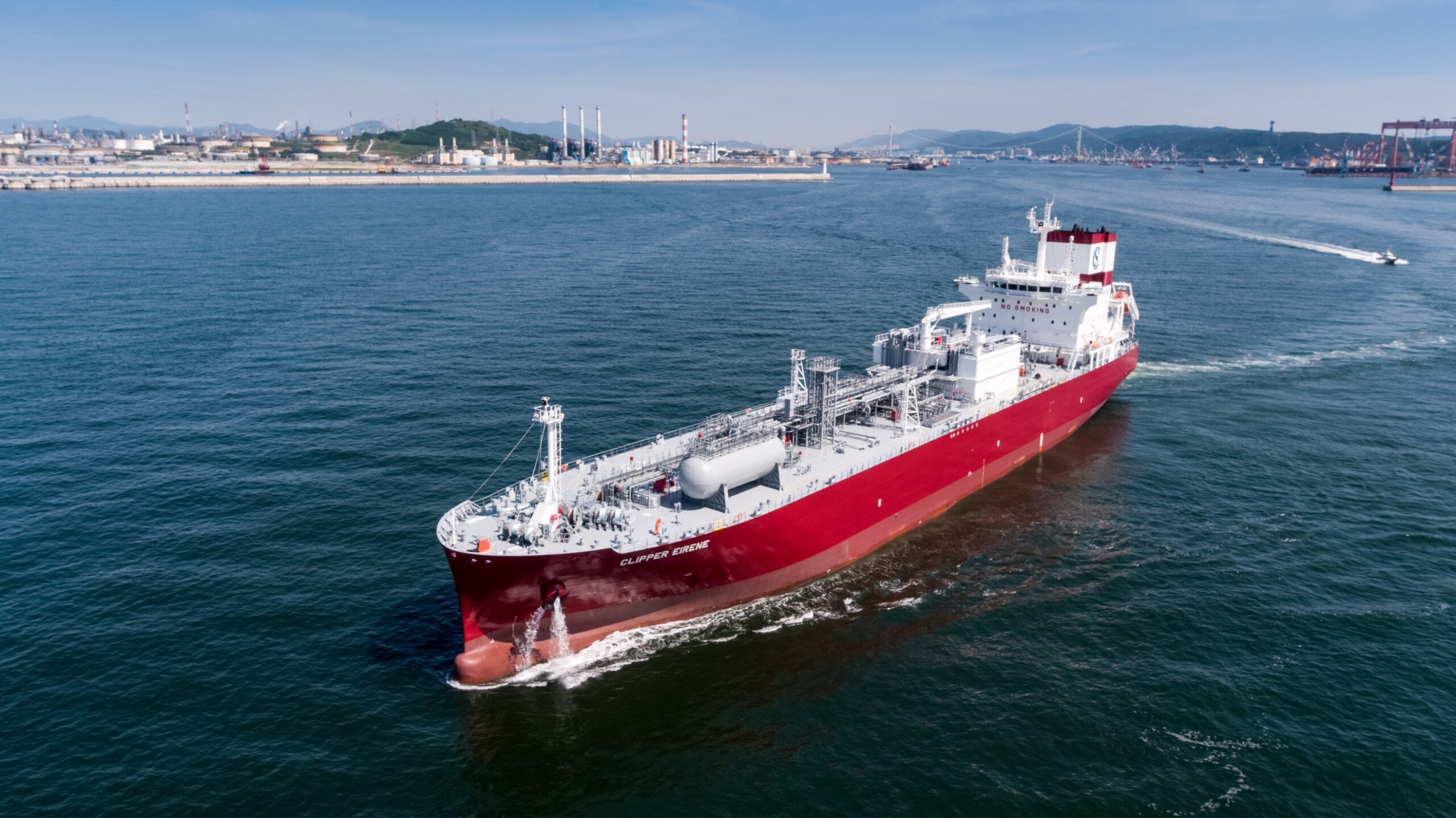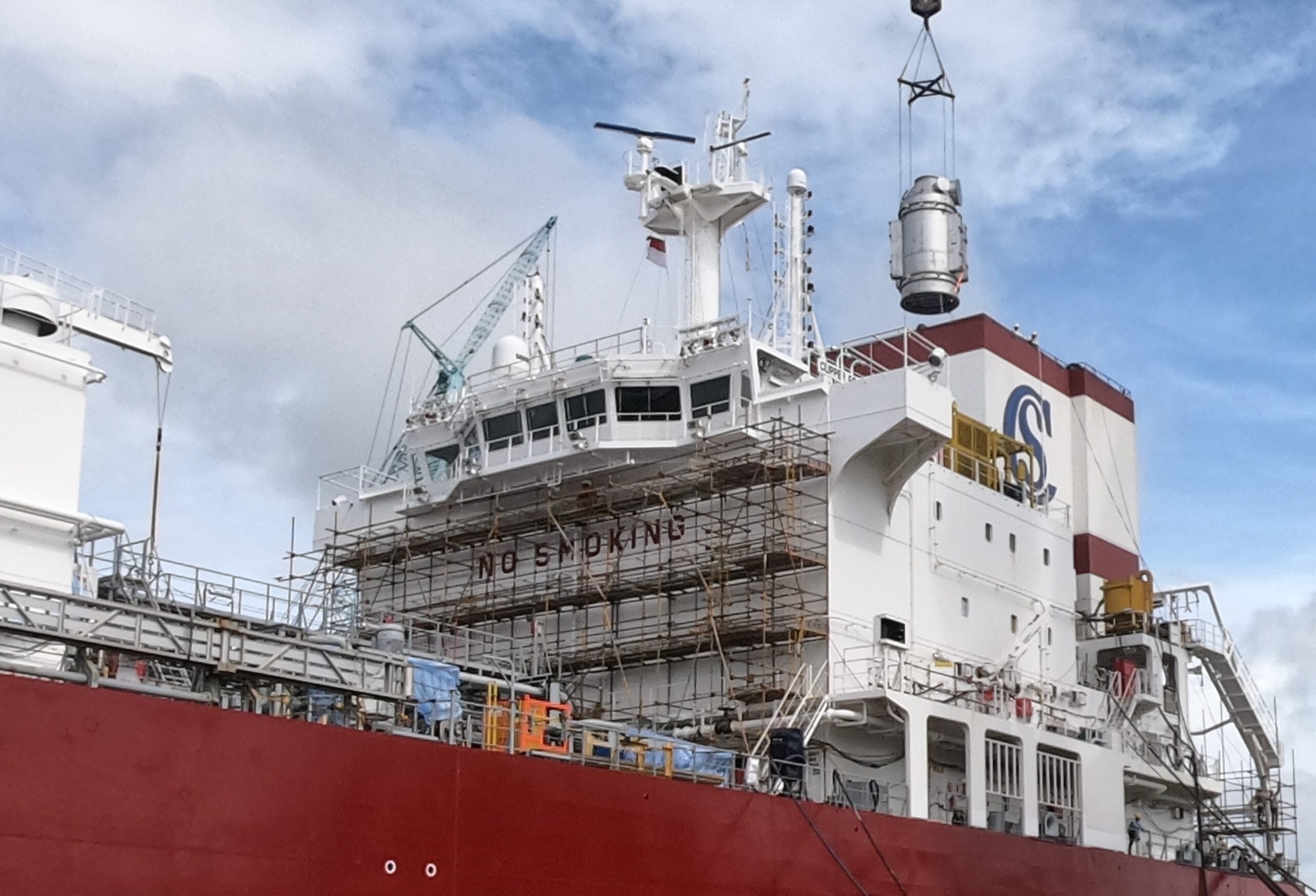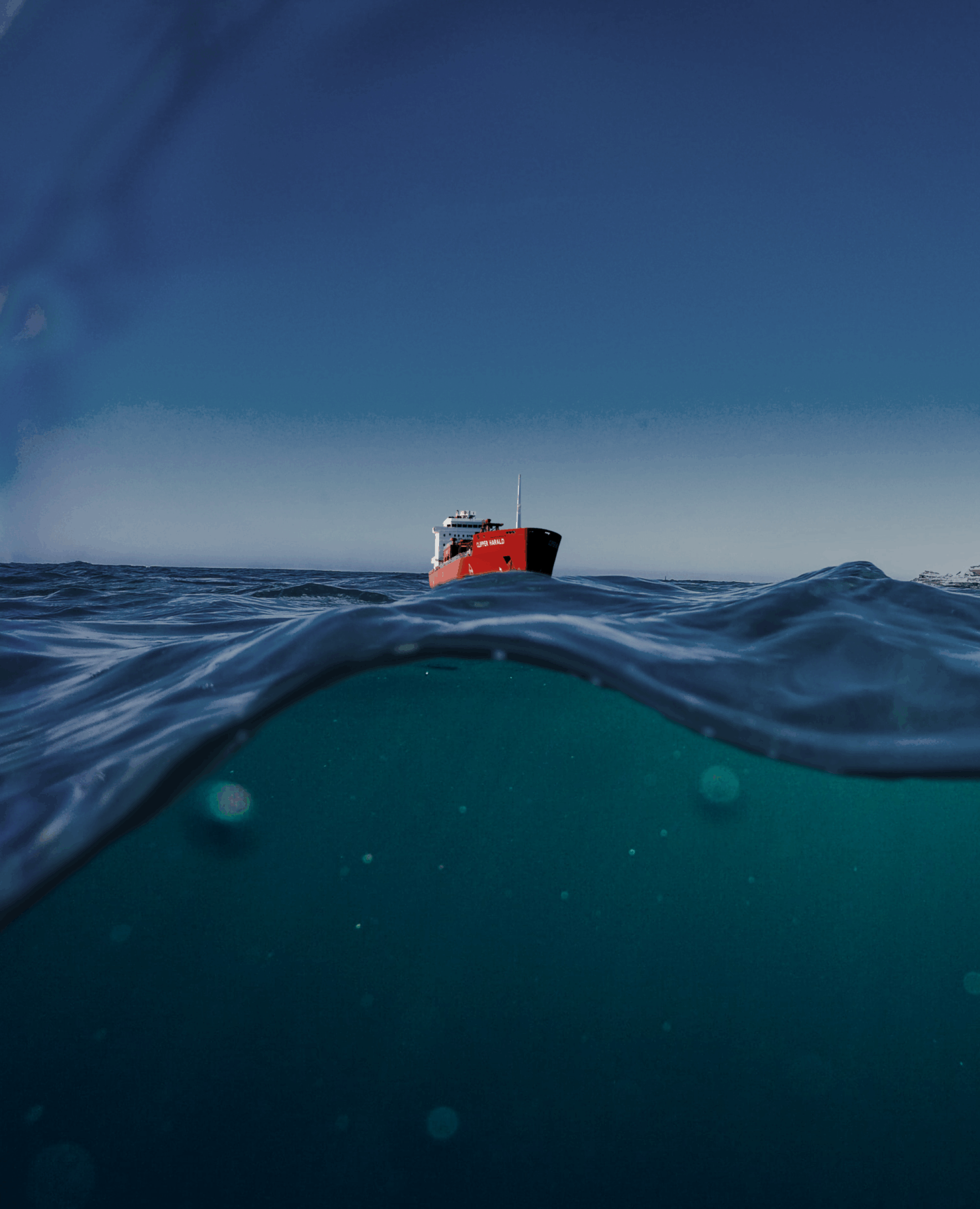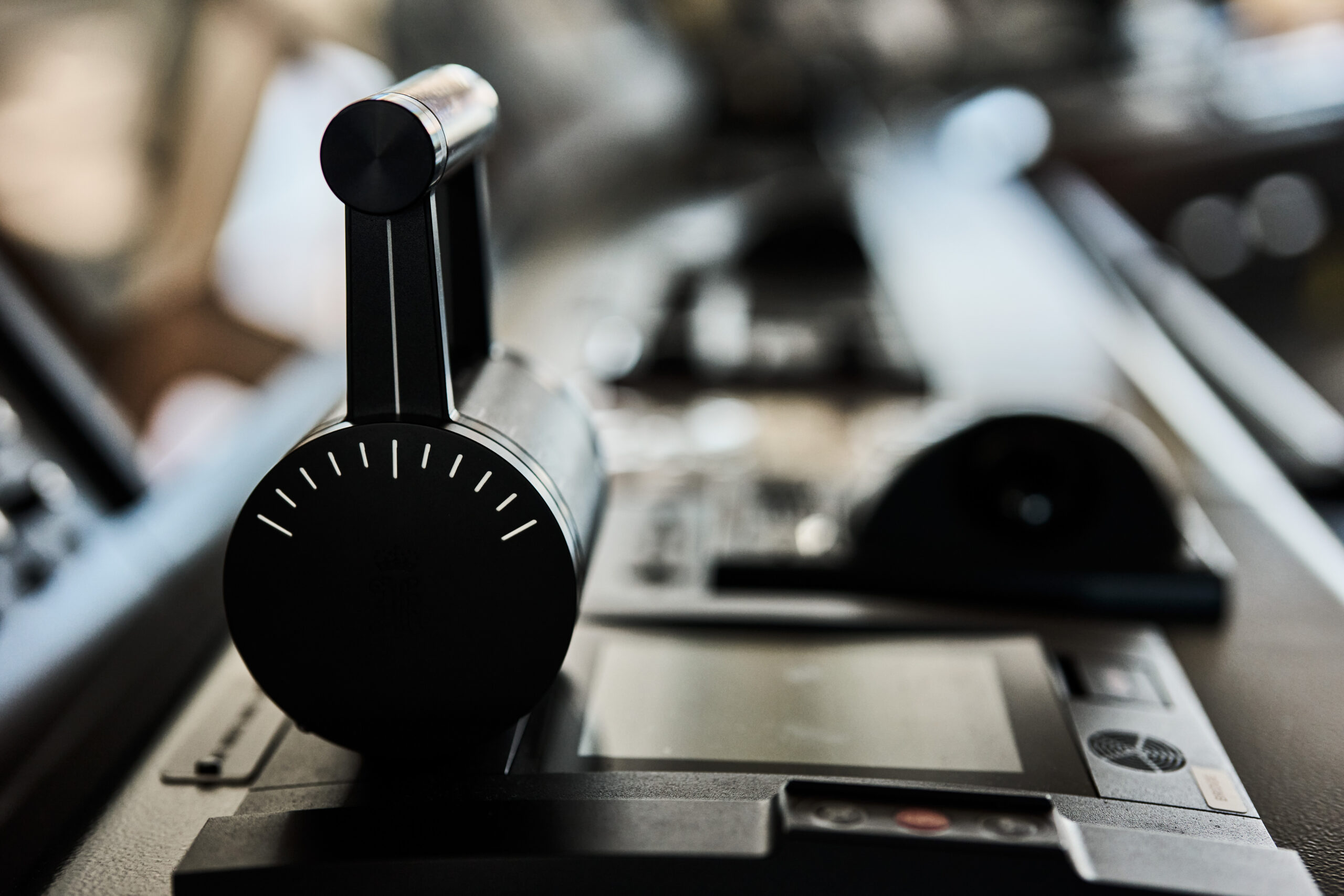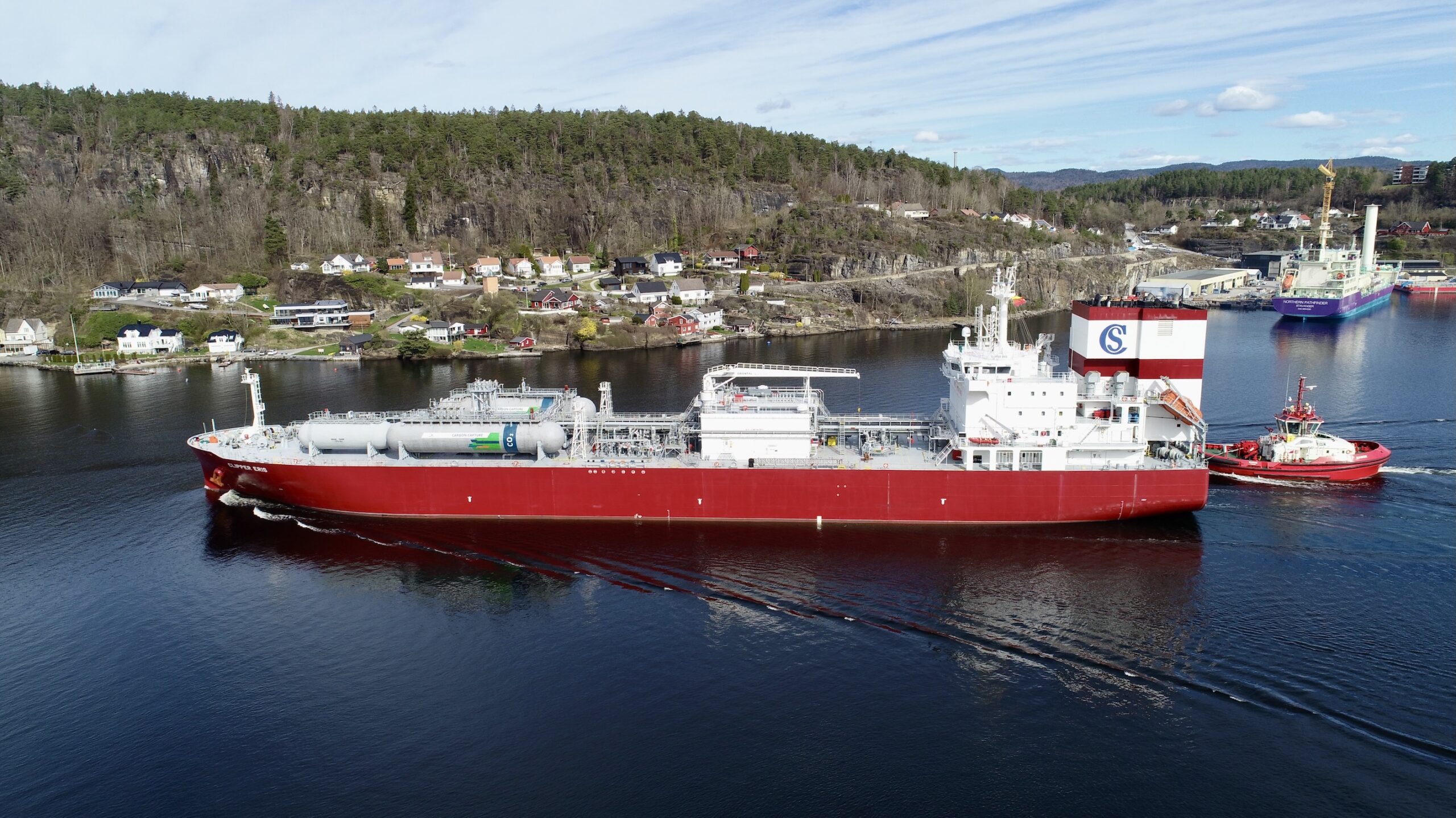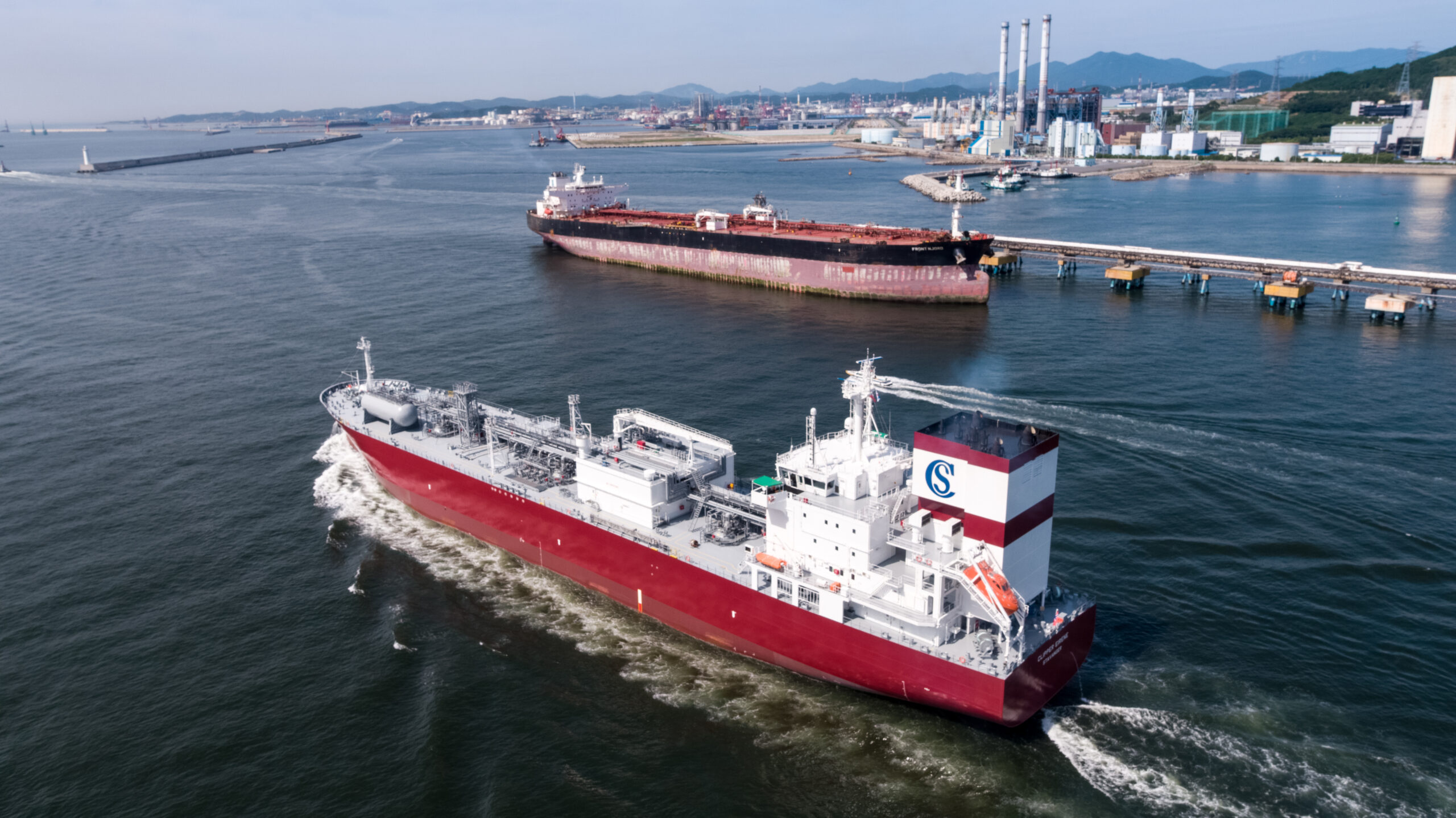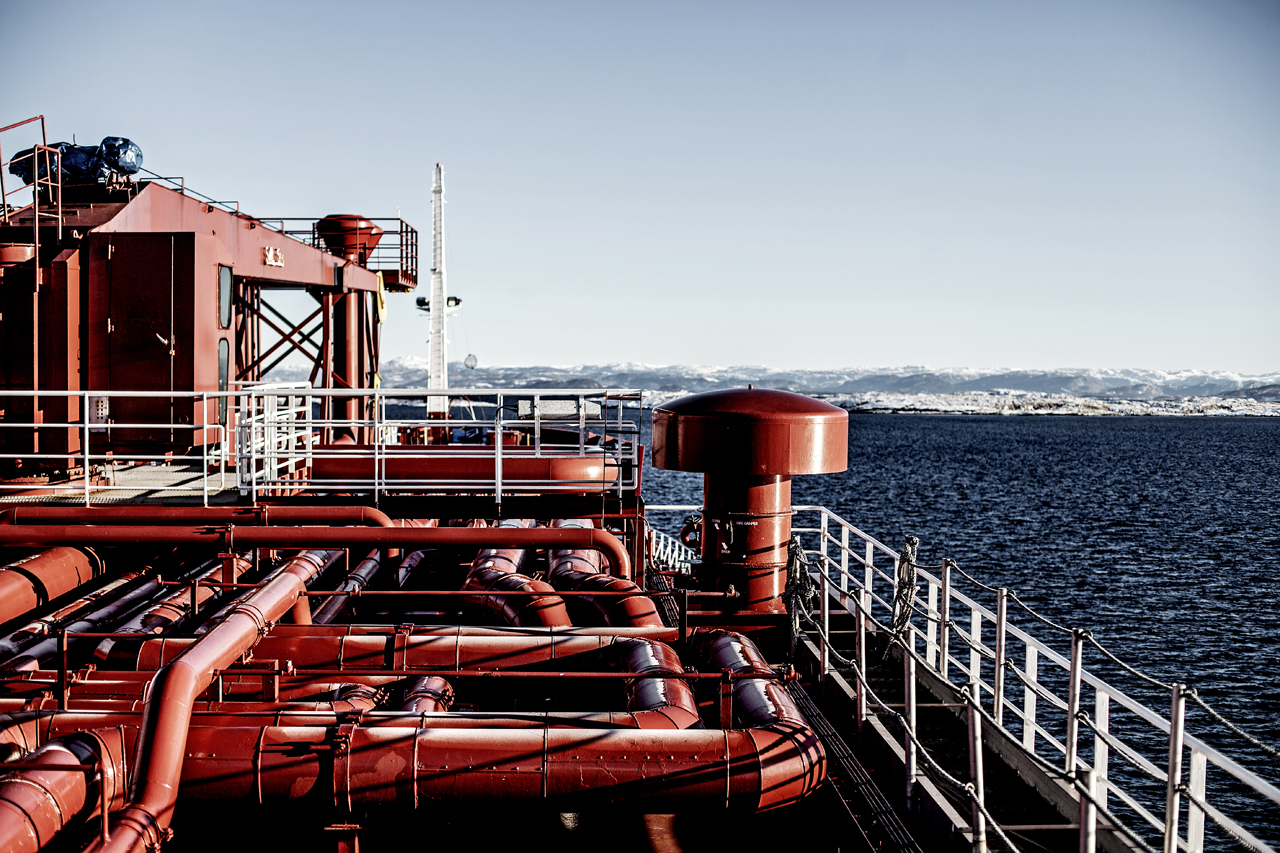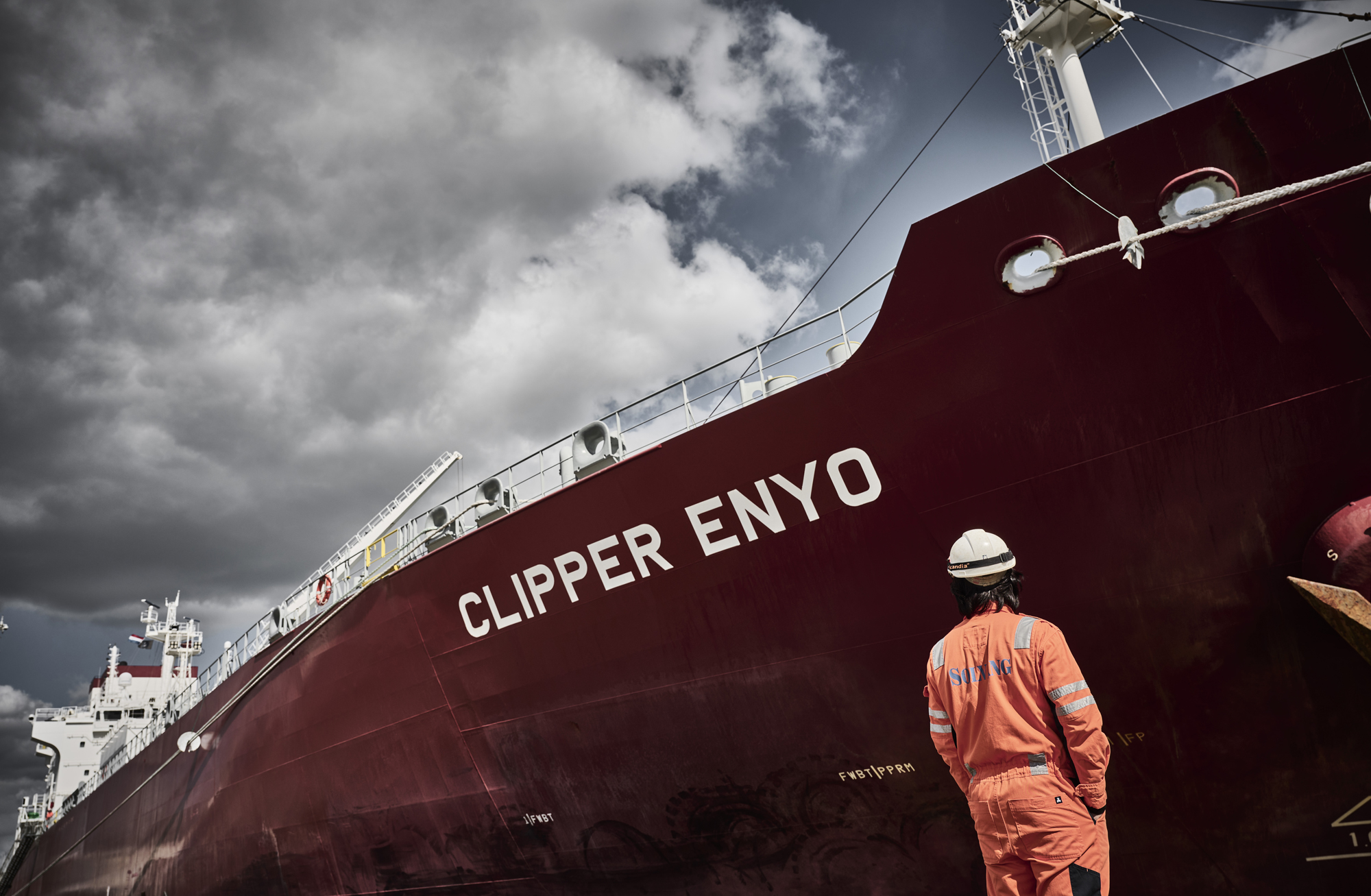Ballast water
Ballast water is regarded as a high-risk emission source, as the ballast water contains marine sediments and organisms. When ships sail across the world with ballast water, species are transferred into waters where they do not belong, and they become a threat to the original marine life. This may damage the local ecosystem and could give severe consequences.
Solvang have installed ballast water treatment systems on board our vessels since 2013. In 2020, the last vessel in our fleet was fitted with ballast water treatment system. This means that all ballast water has been treated on all vessels since 2020.
Biofouling
The introduction of invasive aquatic species to new environments by ships has been identified as a major threat to the world’s oceans and to the conservation of biodiversity. A multitude of marine species, carried either in ships’ ballast water or on ships’ hulls, may survive to establish a reproductive population in the host environment, becoming invasive, out-competing native species and multiplying into pest proportions.
Solvang’s approach is to use high quality anti-foulings which prevent marine growth , as well as constantly monitoring hull resistance. In case of marine growth, this is removed by hull cleaning at the first opportunity.
Anti-fouling
Toxic discharges from the vessels’ anti-fouling systems harming the environment, have led to a worldwide prohibition of coatings containing TBT. All old vessels are now coated with TBT-free anti-fouling systems, and of course all newbuildings are fitted with TBT-free coatings.
Solvang works closely with suppliers, in order to find and use anti-fouling solutions which will ensure the hull’s environmental efficiency throughout the docking period.
Bilge water
All bilge water is run through the bilge water separator and each run shall be registered in the oil register. These discharges are covered by MARPOL 73/78 Annex 1. All waste oil and sludge is burned in the incinerator or delivered to an approved processing plant onshore.
Sewage
Sewage is defined as discharges from toilets, urinals and holding tanks. MARPOL 73/78 covers these discharges, and our vessels have holding tanks that are in accordance with international regulations. Sewage dumping is only allowed when the distance from the shoreline is at least 12 nautical miles. For disinfected or finely dispersed sewage, the minimum distance is 4 nautical miles. In both circumstances the vessel shall be moving. The Company will abide by all directives in this area, but with a crew of about 25 persons, we do not consider our discharges to be a major burden to the environment.
Oil
Under normal circumstances there will be no operational discharges of oil, but oil discharges may occur from thrusters and propeller shaft casings. The key to minimize these discharges is good maintenance. The oil consumption on these systems is monitored precisely. All vessels are also using bio-oil for systems where oil leakage to sea is possible, i.e. tail shaft thrusters etc.
Scrubber washwater
The SOx removed from the exhaust is converted into sea salt by the alkalinity (mainly calsium carbonate) in seawater.
To secure no harm to sea IMO sets limits to discharges to the sea from exhaust gas cleaning systems (scrubbers). Discharge values are monitored 24/7 and records are kept available for inspection at any time, in addition to chemical washwater analyses.
The rules apply to vessels at berth, requiring PH> 6,5 measured 4 meters from the ship´s side. Verified compliance is part of the vessel´s certification. PAH, turbidity and PH are measured 24/7 upon scrubber operation, and logs must be available for inspection at any time.
Third party water analyses have been carried out as part of Solvang´s operation of vessels with scrubber. There are good reasons to believe that the uncertainty created in the press recently, arises from cases with poor water sampling and analytical procedures.



